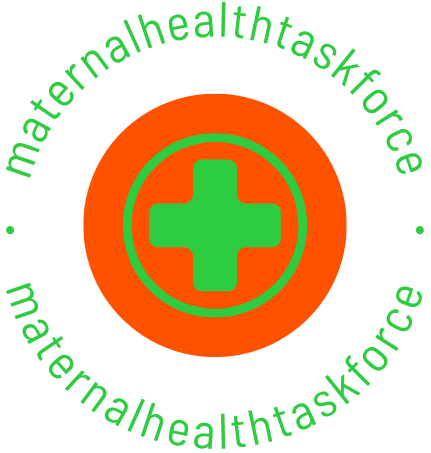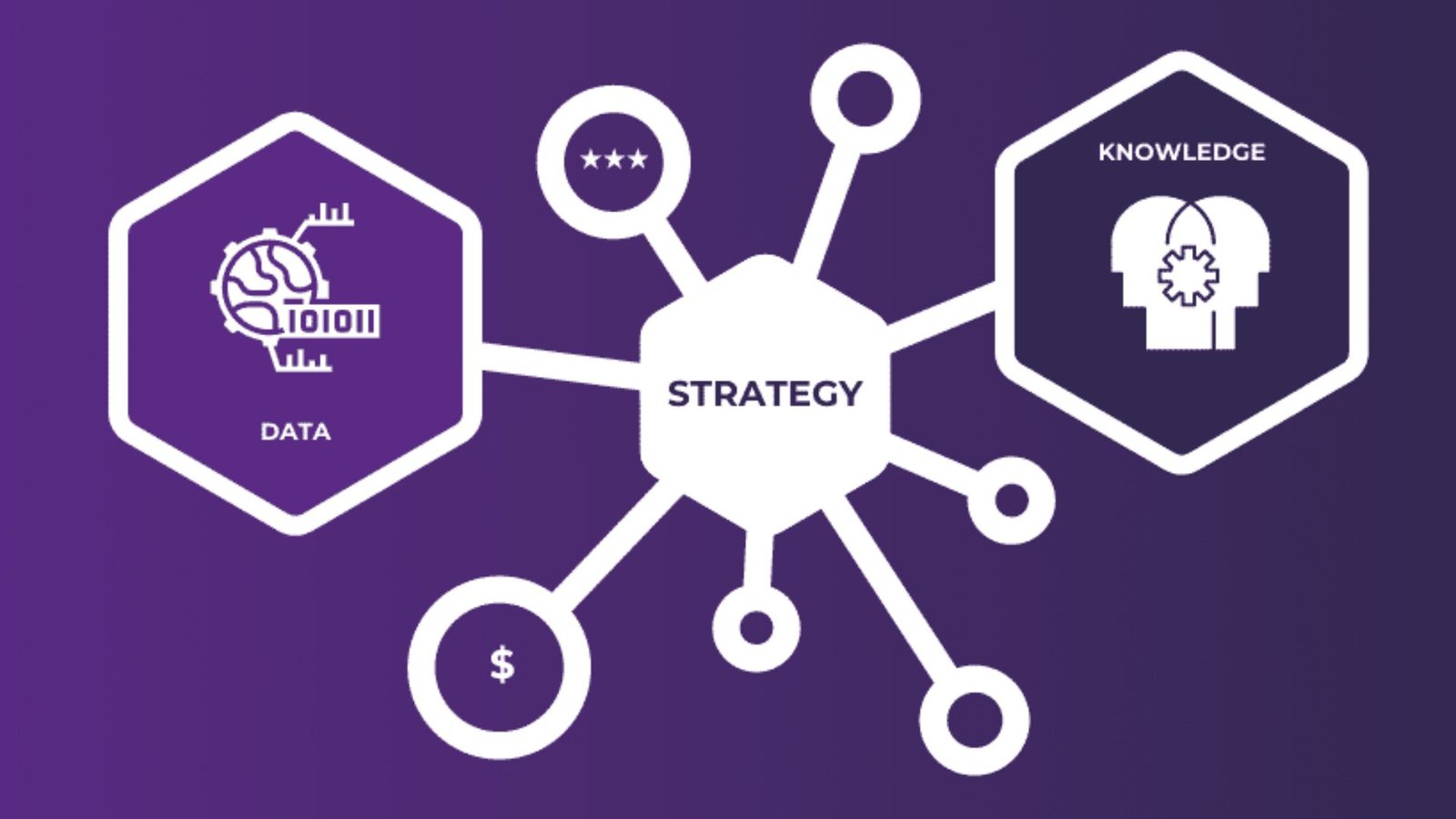Knowledge Management Metrics are crucial for assessing the effectiveness of knowledge management initiatives within an organization. These metrics help track how well knowledge is shared, utilized, and retained. In this article, we’ll outline the top metrics that can help you evaluate the success of your knowledge management efforts and improve overall performance.
1. Knowledge Utilization Rate
One of the most important Knowledge Management Metrics is the knowledge utilization rate. This metric measures how often knowledge resources, such as documents or databases, are accessed by employees. A high utilization rate indicates that employees find the resources useful and are effectively using them in their work. To calculate this metric, you can divide the number of times knowledge resources are accessed by the total number of employees.

2. Employee Satisfaction with Knowledge Resources
Another vital metric is employee satisfaction with knowledge resources. Conduct surveys or interviews to gather feedback from employees about the usefulness and accessibility of the knowledge available to them. High satisfaction levels suggest that your knowledge management system is meeting employee needs. Conversely, low satisfaction might highlight areas for improvement.
3. Number of Knowledge Contributions
Measuring the number of knowledge contributions is essential to understand how actively employees engage in sharing their insights. This metric can include documents submitted, articles written, or participation in knowledge-sharing sessions. A higher number of contributions reflects a healthy culture of knowledge sharing within the organization, indicating that employees value collaboration.
4. Time to Locate Information
The time it takes employees to find information is a critical Knowledge Management Metric. If employees spend too much time searching for knowledge, it may indicate inefficiencies in the knowledge management system. To measure this, track the average time employees take to locate specific information or resources. A decrease in this metric over time signifies improvements in your knowledge management practices.
5. Knowledge Retention Rate
Knowledge retention rate is crucial for understanding how well your organization retains critical knowledge. This metric can be measured by assessing how much important knowledge remains within the organization after employee turnover. High retention rates suggest effective knowledge management practices, while low rates indicate a need for better documentation and transfer of knowledge.
6. Training and Onboarding Effectiveness
Evaluating the effectiveness of training and onboarding programs is another valuable metric. By measuring how well new employees adapt to the knowledge management system, you can assess the quality of training provided. Metrics such as time to proficiency or employee retention rates can help gauge whether the knowledge shared during training is impactful.
7. Knowledge Sharing Frequency
Tracking how often knowledge sharing occurs within teams can provide insights into the collaborative culture of your organization. This metric includes meetings, workshops, or informal discussions focused on knowledge sharing. A higher frequency of knowledge sharing indicates a vibrant learning environment, whereas lower rates might signal a need for more structured collaboration efforts.
8. Return on Investment (ROI)
Calculating the ROI of your knowledge management initiatives is essential for understanding their financial impact. To do this, compare the costs associated with implementing knowledge management practices against the benefits gained, such as increased productivity or reduced operational costs. A positive ROI indicates that your knowledge management efforts are paying off.
9. Impact on Business Goals
Aligning knowledge management metrics with overall business goals is vital for measuring success. Track how knowledge management initiatives contribute to key performance indicators (KPIs) such as revenue growth, customer satisfaction, or employee productivity. By linking knowledge management metrics to business outcomes, you can demonstrate the value of these efforts to stakeholders.
10. Quality of Knowledge Assets
Lastly, assessing the quality of knowledge assets is essential for understanding their effectiveness. This metric involves evaluating the relevance, accuracy, and timeliness of the knowledge being shared. Regularly reviewing and updating knowledge assets ensures they remain valuable and useful for employees, ultimately enhancing overall organizational performance.
Conclusion
In summary, tracking Knowledge Management Metrics is essential for evaluating and improving the effectiveness of your knowledge management initiatives. By focusing on metrics such as knowledge utilization rate, employee satisfaction, and the number of contributions, you can gain valuable insights into your organization’s knowledge-sharing practices. Implementing these metrics helps create a culture of collaboration and continuous improvement, driving overall success.











